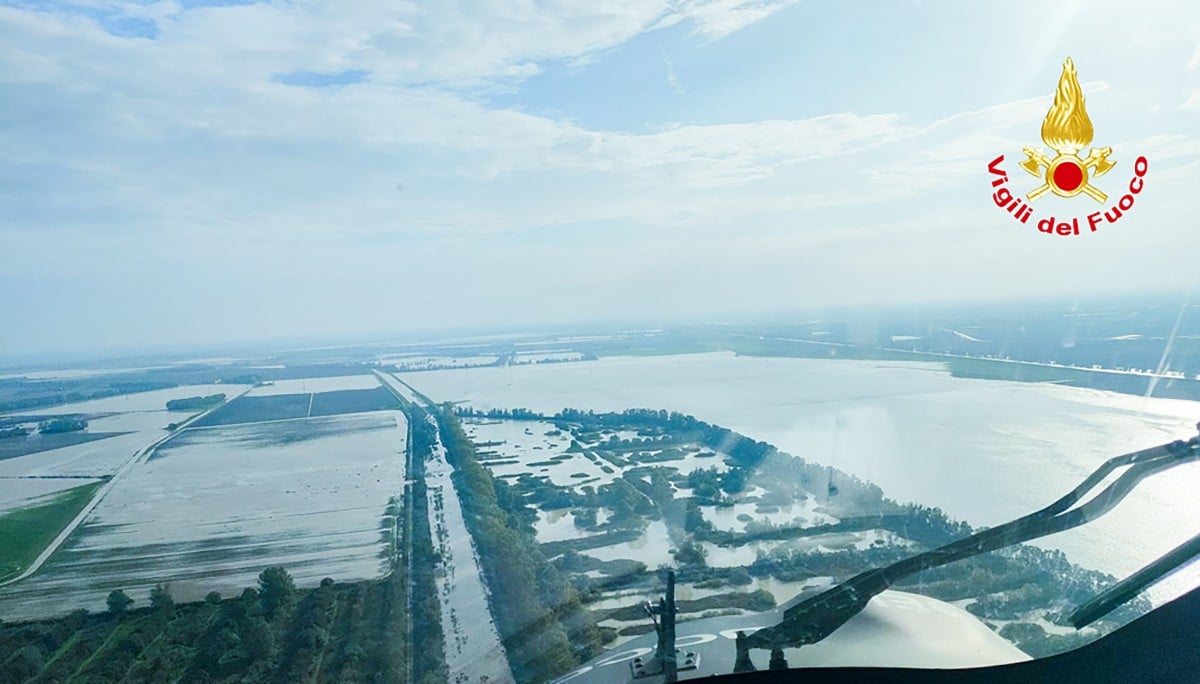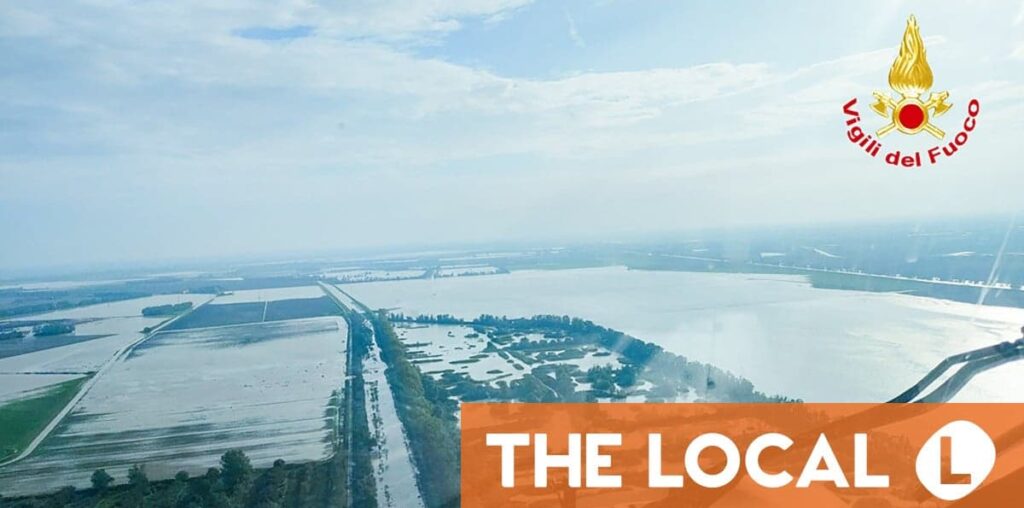
Firefighters said they had found the body of a missing person in Botteghino di Zocca, immediately south of Bologna. News media identified the victim as a 20-year-old man whose car was swept away by the rush of water.
In the city of Bologna and nearby areas, some 175 millimetres of rain (nearly 7 inches) fell in one day, compared to the historical average of 70 millimetres for the entire month of October, regional authorities said.
Bologna and four provinces in the northeastern plains area were placed under a “red alert” until midnight Sunday, although rains had tapered off.
“The extraordinary amount of rain has caused the flooding of numerous areas of Bologna, with the streets of the city flooded and the sewer and drainage networks unable to absorb the water,” authorities said in a statement.
Schools in Bologna would be closed Monday, city hall said.
Firefighters published images taken by helicopter that showed wide swathes of farmland outside Bologna partially under water.
Over 2,100 people had been evacuated and about 15,000 people lost power overnight. By Sunday afternoon, some 4,000 people remained without power, the region said.
The Reno, Enza and Secchia rivers and tributaries, as well as associated streams, had overflowed their banks, and authorities warned that landslides could occur in hilly and mountainous areas.
Fifteen waterways “exceeded the alarm threshold”, with eight rivers surpassing the level 3 maximum water level alert, the region said.
Advertisement
The region said some rivers recorded levels higher than those reached in May 2023, when the area was devastated by violent downpours, flooding and landslides that killed 17 people.
That flooding was described as the worst Italy had seen in a century.
In September, the tail end of Storm Boris hit the area again, bringing a new wave of flooding to the region.
Experts say climate change caused by greenhouse gas emissions generated by human activities is increasing the frequency and intensity of extreme weather events such as torrential rains and floods.

